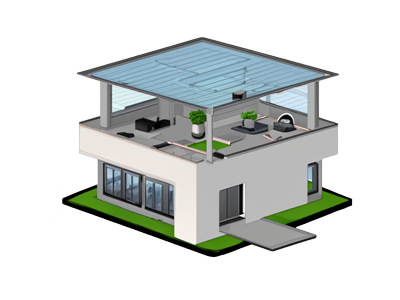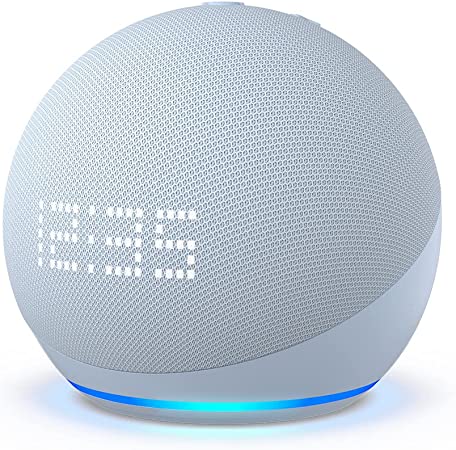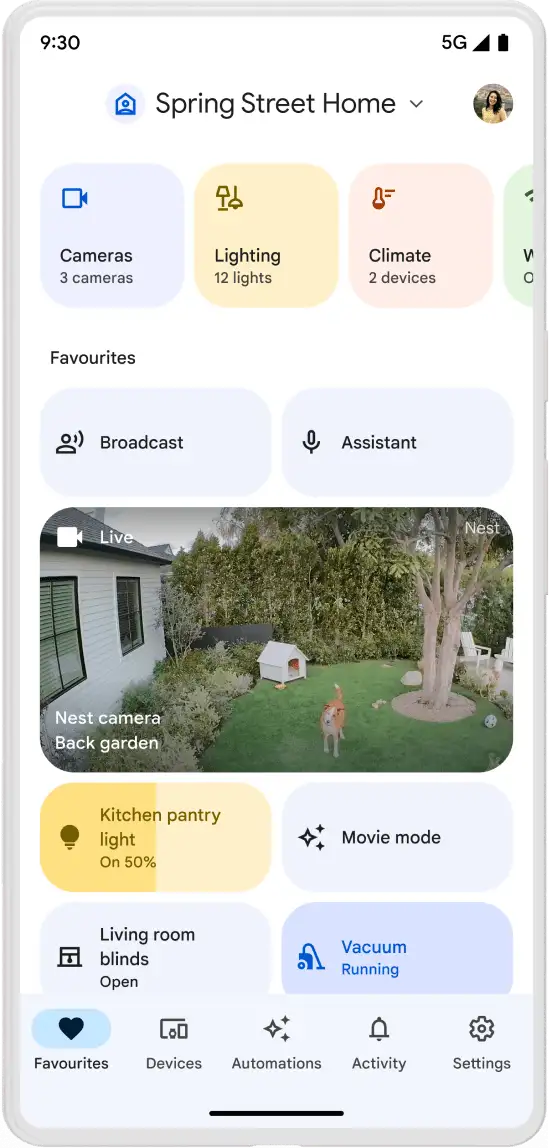Future Developments and Trends
The field of smart glass continues to evolve rapidly, and future developments hold the promise of even more advanced capabilities and exciting trends. Here are some potential areas of growth and innovation to look out for:
Improved Energy Efficiency: Future advancements in smart glass technology aim to enhance energy efficiency by incorporating smart sensors and algorithms. These innovations will enable the glass to automatically adjust its transparency based on factors such as solar heat gain, reducing reliance on heating, ventilation, and air conditioning (HVAC) systems.
Enhanced User Experience: Researchers and developers are working on refining user interfaces and control methods for smart glass. Gesture-based controls, augmented reality (AR) interfaces, or even brain-computer interfaces (BCIs) may emerge as novel ways to interact with the glass, providing a more immersive and intuitive user experience.
Smart Glass Integration in Public Spaces: Smart glass is finding increasing applications in public spaces such as airports, shopping malls, and office buildings. In the future, we can expect to see further integration of smart glass in architecture, including interactive displays, privacy partitions, and dynamic facades, transforming the way we experience public environments.
Advancements in Glass Technology: Ongoing research is focused on improving the performance and properties of smart glass. This includes developments in glass manufacturing techniques, durability, optical clarity, and colour options. These advancements will contribute to wider adoption and integration of smart glass in various industries.
Internet of Things (IoT) Integration: With the growing prominence of the Internet of Things (IoT), smart glass is expected to integrate more seamlessly with other IoT-enabled devices and systems. This integration will enable the glass to communicate and synchronise with a broader range of smart devices, creating a truly interconnected ecosystem.
Privacy and Security Features: Innovations in smart glass will likely focus on enhancing privacy and security features. This may include advancements in privacy modes, anti-glare coatings, or even integrated privacy filters to protect sensitive information from prying eyes.
As technology continues to advance, these developments and trends will shape the future of smart glass, providing users with even more sophisticated control options, improved energy efficiency, and a seamless integration into our living and working environments.


























